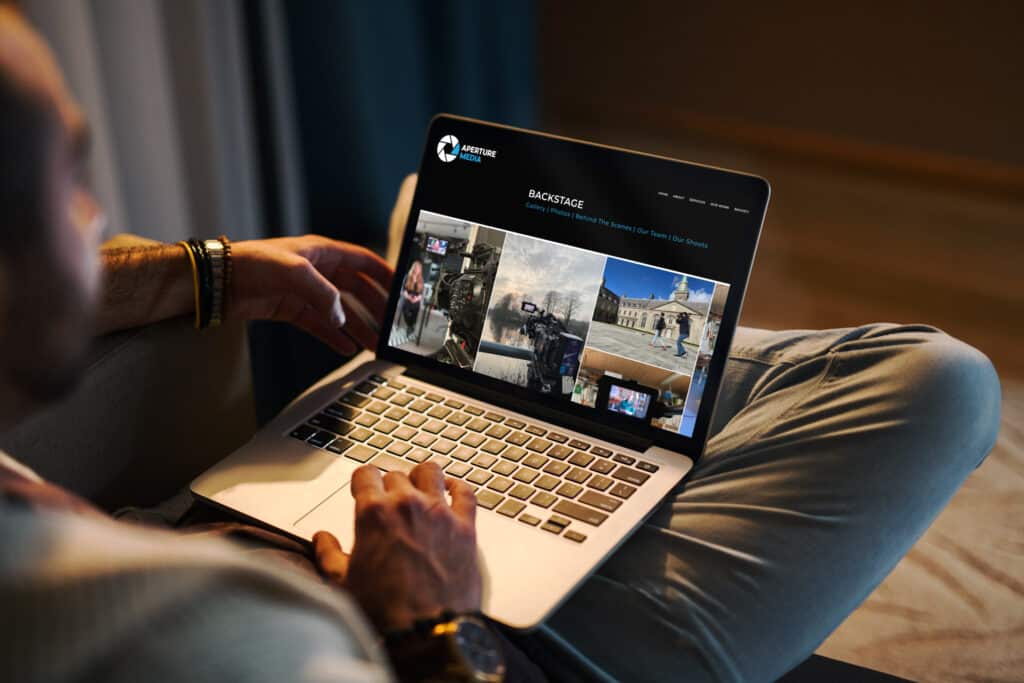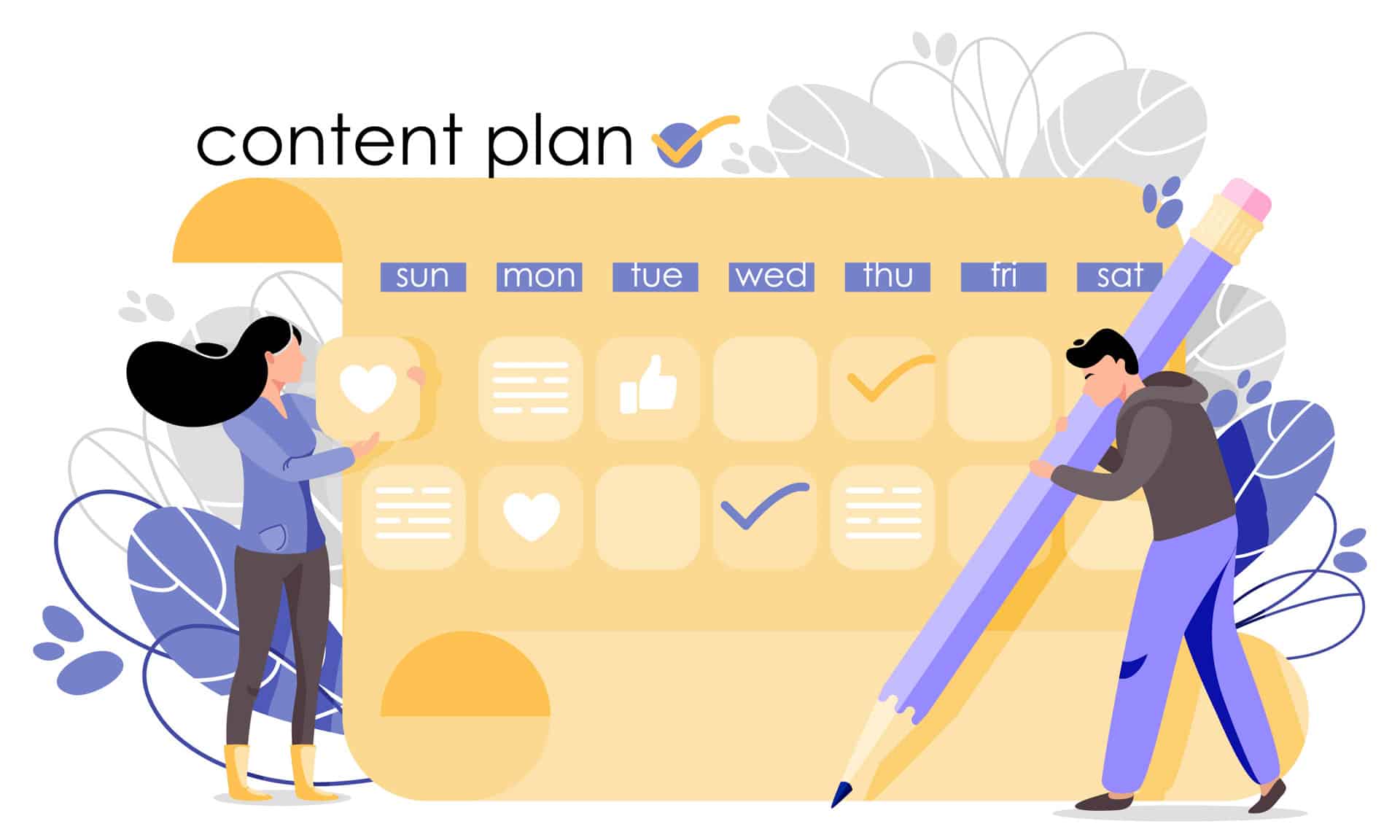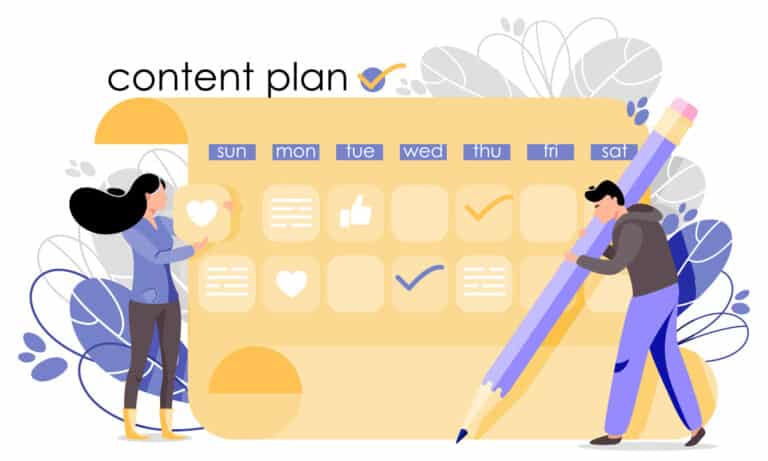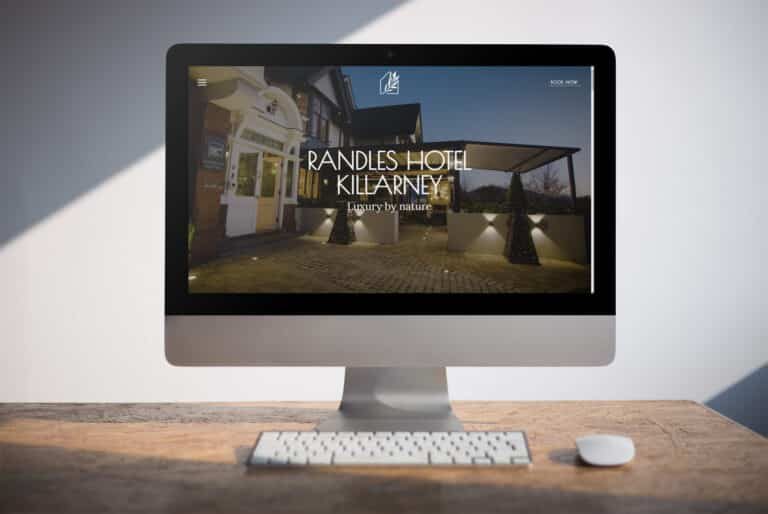As a business owner, one of your main goals is to maximise your online marketing efforts’ return on investment (ROI). Your website is a crucial aspect of this, as it serves as the hub of your online presence and can be a powerful tool for attracting and converting visitors into leads and customers.
At Sprint Digital, we understand the importance of having a well-designed website that effectively converts visitors. We prioritise conversion-centred design in all website design and development projects.
But what is conversion-centred design? It is a design approach that focuses on making it easy for visitors to take the desired action on a website, whether that’s filling out a form, making a purchase or downloading a whitepaper. This type of design is essential for maximising the ROI of a website, as it helps to ensure that the site is effectively turning traffic into paying customers.
So, how can you create a conversion-centred design for your website? Here are five tips to get you started:
1. Clearly Define the Target Audience and Desired Action
Before designing the website, you must clearly understand who your target audience are and what action you want them to take on your site. This will help to ensure that the site’s design is tailored to the specific needs and interests of the audience, making it more likely that they will take the desired action.
To define your target audience, consider their demographics (such as age, gender, and income), interests, and needs. You can gather this information through market research, customer surveys, and analysis of your website traffic data. Once you clearly understand your target audience, you can tailor the content and design of your website to appeal to them.
For example, do you want to use business-like language and a minimalist two-colour design, or go for heavily descriptive copy and a colourful, quirky layout? Which suits your audience?
Next, consider what action you want your visitors to take. This could be filling out a form to request more information, making a purchase, or signing up for a newsletter. This desired action, also known as the “conversion,” is the ultimate goal of your website. By defining this goal up front, you can design your website with the result in mind, making it more likely that visitors will take the desired action. It’s perfectly fine if there’s more than one conversion goal on your website – just make sure you know which one is the most important.
2. Make the Desired Action Prominent and Easy to Find
Once you’ve defined the target audience and desired action, ensure that the call-to-action (CTA) is prominently displayed on your website. The CTA should be easy to find and stand out from the rest of the content on the page.
The CTA can be a button, a link, or a form that prompts the visitor to take the desired action. Making the CTA prominent and easy to find is important because it’s the critical element that drives conversions.
Consider using a contrasting colour or a larger font size to make the CTA stand out. You can also use design elements such as arrows or other visual cues to draw the visitor’s attention to the CTA.
3. Use Persuasive Language and Design Elements
The language and design elements used on the website should be clear and encourage visitors to take the desired action. This could include using powerful words, highlighting benefits, and incorporating social proof, such as customer testimonials.
Powerful words elicit an emotional response and motivate the reader to take action. Examples of power words include “free,” “limited time,” and “guaranteed.” By using powerful words in your CTAs and throughout your website, you can increase the persuasiveness of your message.
Highlighting the benefits of taking the desired action can also persuade visitors. Use bullet points to list your products’ or services’ benefits and make them easy to scan. This can help to quickly communicate the value of what you are offering and convince the visitor to take the desired action.
Incorporating social proof, such as customer testimonials, can also be persuasive. Testimonials provide third-party validation of your product or service and can help to build trust with the visitor. You can include testimonials on your website or use them in your marketing materials to showcase your customers’ positive experiences.
4. Simplify the Process
The easier it is for visitors to take the desired action, the more likely it is they will do so. This means keeping forms short and simple, using clear and concise language, and minimising the number of steps involved.
Only ask for the necessary information on forms to keep them simple. When you’re writing copy, avoid jargon or technical terms that may confuse the visitor. If you are asking the visitor to make a purchase, consider using a one-page checkout process to minimise the number of steps required to complete the purchase.
5. Test, Test, Test
One of the best ways to optimise the conversion-centred design of a website is to test different elements and see what works best. This could include testing different CTAs, language, and design elements to see what has the most significant impact on conversion rates.
Various tools are available for testing different elements of your website, including A/B testing, which allows you to compare the performance of two versions of a webpage. By testing other components and analysing the results, you can continually optimise the design of your website to increase conversions.
In conclusion, conversion-centred design is an essential practice for maximising the ROI of a website.
At Sprint Digital, we prioritise this approach in all our website design and development projects to help you create a website that effectively converts visitors into leads and customers.
By clearly defining the target audience and desired action, making the CTA prominent and easy to find, using persuasive language and design elements, simplifying the process, and testing different aspects, we can help you create a website that drives results for your business.





